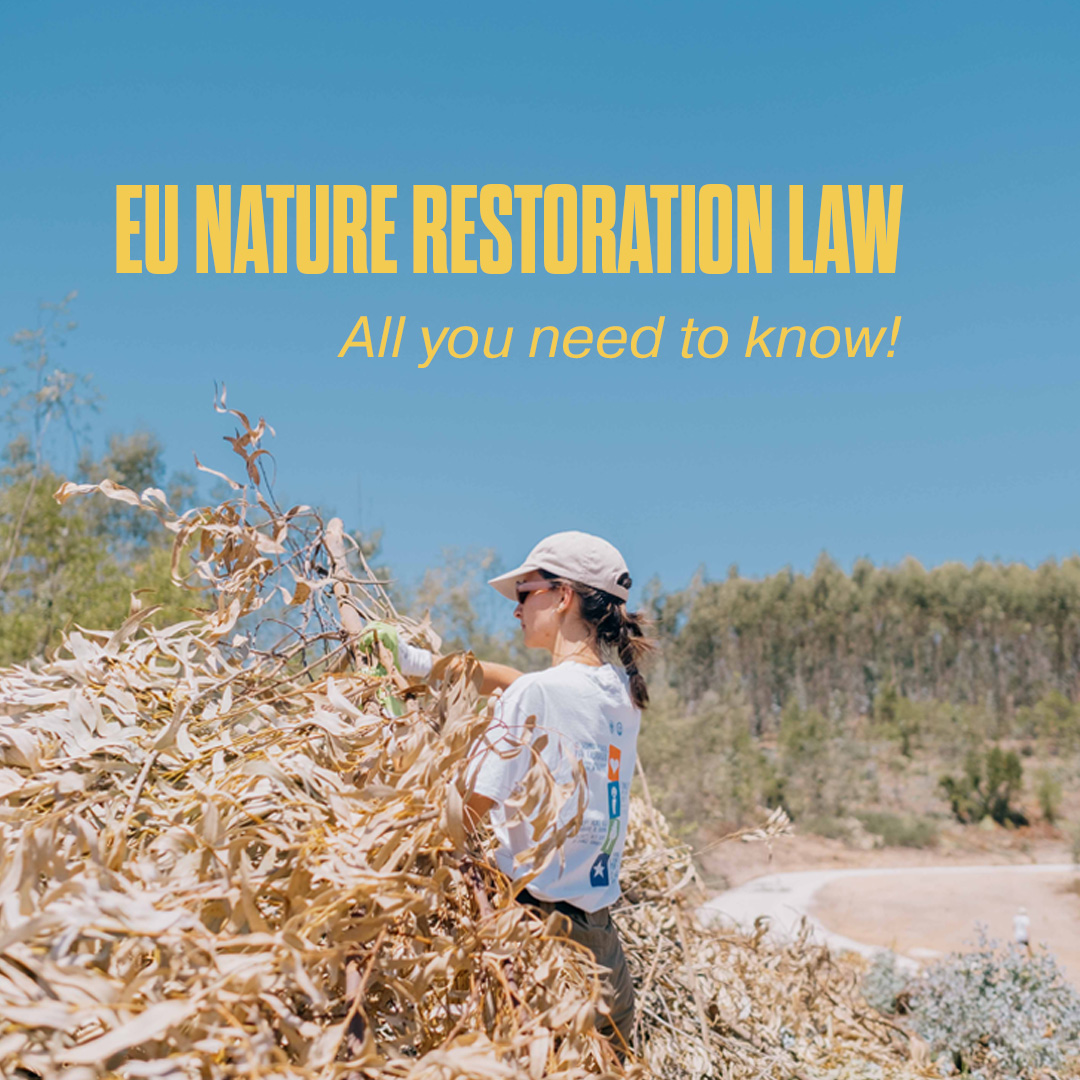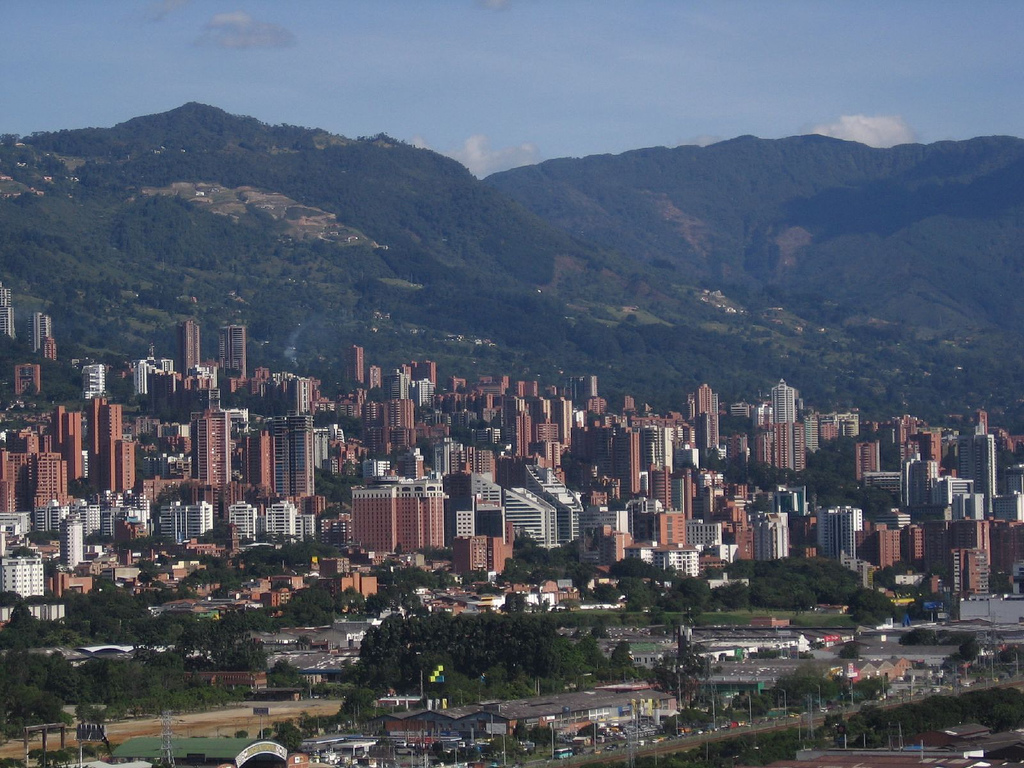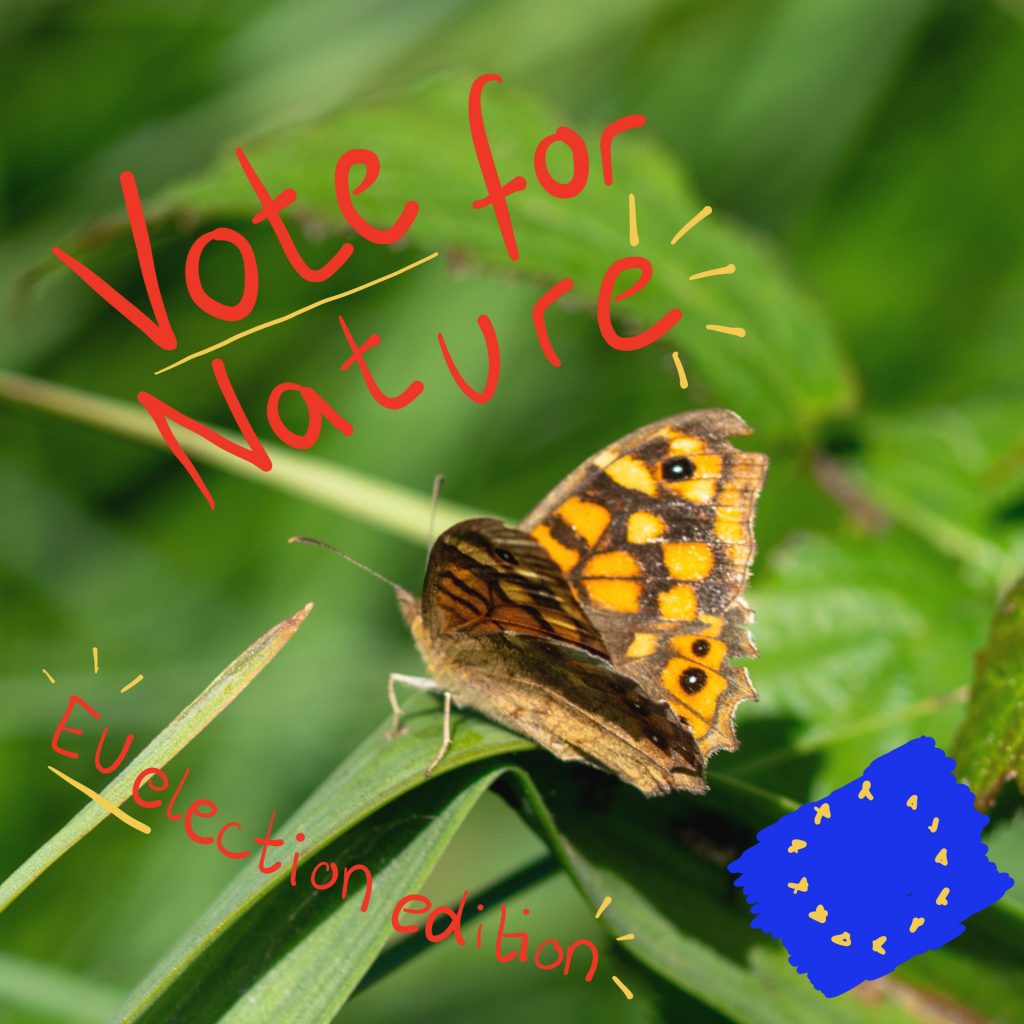What is the EU’s Nature Restoration Law?
In the pursuit of a greener and more resilient future, the European Union has set forth an ambitious proposal to restore 20 percent of its land and sea by 2030. This proposal is a crucial component of the European Green Deal and is integrated into the EU’s biodiversity strategy. The primary objective of the European Nature Restoration Law is to enable the long-term and sustained recovery of biodiverse and resilient nature. This aligns with the EU’s climate mitigation and climate adaptation objectives, as well as international commitments. The proposed measures should cover at least 20% of the EU’s land and sea areas by 2030, with a broader aim to restore all ecosystems in need by 2050.
What is included in the law?
The proposal outlines specific targets, building upon existing legislation for various ecosystems. These include wetlands, forests, grasslands, rivers, lakes, heath & scrub, rocky habitats, dunes, and urban ecosystems. The targets also encompass reversing the decline of pollinator populations, enhancing forest ecosystems, maintaining green urban spaces, and improving agricultural and marine ecosystems. Scientists and environmentalists have placed specific emphasis on the restoration of wetlands as they absorb large quantities of carbon. The restoration of wetlands is closely linked to the transformation from agricultural land into natural ecosystems, as many wetlands were drained for farming.
What is being criticised?
This has led to significant resistance to the law among farmers and the agricultural industry, as they argue that the goals are unrealistic and could jeopardise food supplies due to the reduction in land available for agricultural activities. The law also faced rejection in parliamentary committees, with concerns about its potential harm to European agriculture, forestry, and fisheries.
What are the latest developments?
Despite initial setbacks, the proposal found a majority in the Parliament’s plenary session on July 12, marking a turning point. The law proposal entered a new phase of three trilogues, with the last one successfully completed a couple of weeks ago. While crucial parts like the protection of wetlands and the change in agricultural management are still included in the law, large compromises had to be made at other points. The agreements in detail:
The scope of terrestrial restoration of particularly valuable habitats in Article 4 was not exclusively limited to Natura 2000 areas. However, significant loopholes have been introduced that could reduce the overall area to be restored. The prohibition of deterioration contained in it has been considerably weakened, making it challenging to implement. Specific requirements for improving nature on agricultural land and restoring peatlands have been included in the agreement. However, the reintroduction of the article came at a high cost, as substantial concessions were made, such as the introduction of the possibility to suspend the implementation of the regulation under certain conditions, also referred to as the “emergency brake.”
What happens next?
EU countries are now expected to submit National Restoration Plans within two years of the regulation coming into force. These plans will detail how each country intends to achieve the proposed targets. Monitoring and reporting on progress will be mandatory, with the European Environment Agency providing regular technical reports. The Commission will report to the European Parliament and the Council on the implementation of the Nature Restoration Law.
Final thoughts
The EU nature restoration law is not even close to enough to help us manage the climate crises successfully. Still, it is of extreme importance to us and nature. It is a crucial step to actually take action against climate change and will provide a legal and political basis to actively restore nature to mitigate our climate problems. Diplomatically, it’s a step in the right direction, of which we have to take many more to create the legal and political base to rise to our climate problems.






